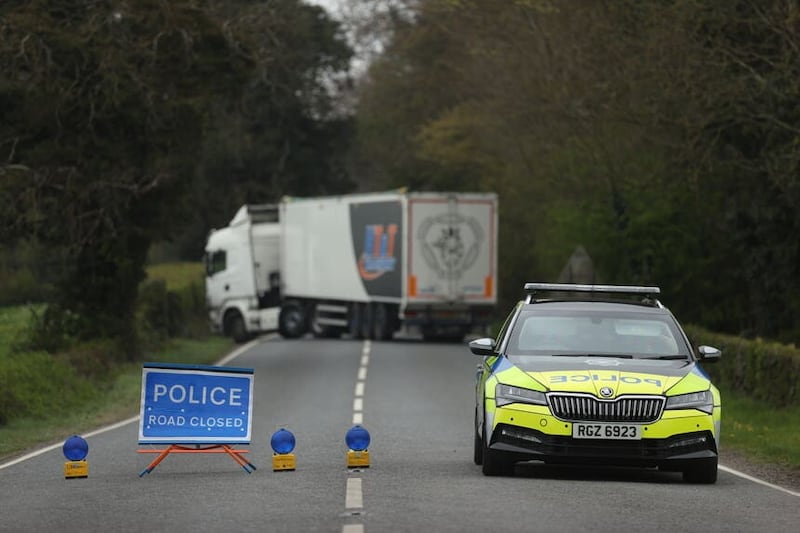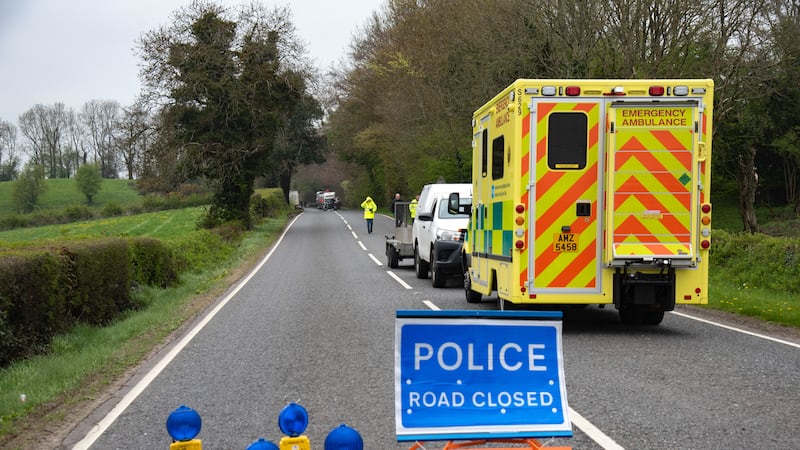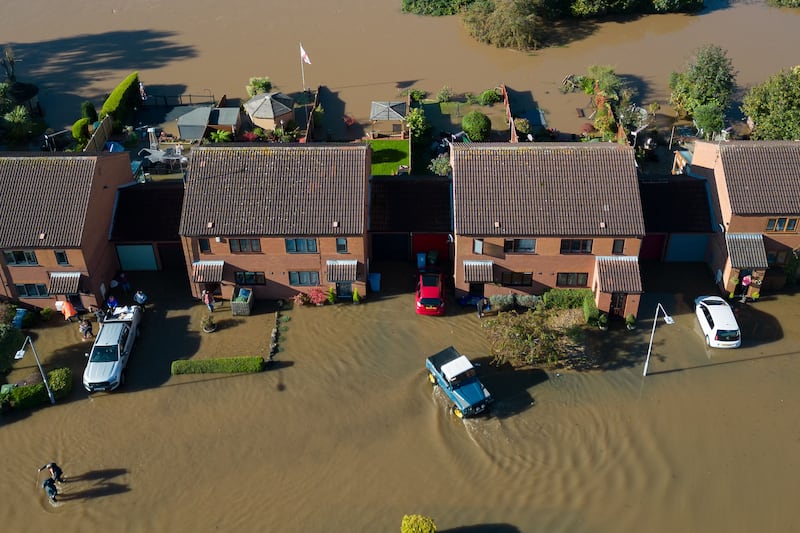At a town hall meeting held two years ago, Alan Kilpatrick and others thought everything was on track for work to start on the A5.
A glossy brochure with details of the new road was handed out, so detailed that Alan even knew where his nearest roundabout would be situated.
“We all thought this was the real clincher,” says Alan, who lives close to the scene of Thursday’s terrible tragedy that claimed the lives of three members of the same family and left four others in hospital.
Alan was the first to come upon the carnage, something he will never forget and never wants to see again.

They heard little more, he maintains, on the upgrade of what is a large proportion of the main road between Dublin and the north west.
In the aftermath of this week’s crash and previous ones, 2007 is often cited as the year that the Executive agreed to proceed with work on the A5 Western Transport Corridor. However, there are more recent significant dates, not least the end of the first phase of a Planning Appeals Commission (PAC) public inquiry.
That happened in March 2020 with an interim report published in September recommending further work assessing flood risk and alternatives to the proposed scheme.
It took until March 2022 for the Department for Infrastructure to first accept the recommendations, then publish further reports. “Meanwhile, the inquiry stood adjourned,” the PAC states on its website. More than a year after that, it will reconvene in May.
“Since the Interim Report was published in September 2020 there have been at least 171 road traffic accidents on the A5 which have resulted in 12 deaths and numerous significant injuries associated with these accidents,” said Niall McKenna, chair of A5 Enough is Enough, the campaign group.

But he also noted the interim report’s conclusion that phase 3 of the scheme, Ballygawley to south of Augnacloy, offered “no significant benefits” and was an “overprovision”.
Yet it is this part of the road and further north towards Beragh campaigners say is precisely where an upgrade is most needed because it is most dangerous, narrow with bends and no overtaking lanes.
As an example of the dangers, speeding motorists are a constant hazard to those living in a little cluster of 10 houses south of the Tullyvar Road, including Alan.
There is no suggestion speed was a cause of Thursday’s tragedy but it did play a part in a crash last year at nearly the same spot. Alan heard the crunch of the cars from his garden. Thankfully, no-one died.

Residents travelling out of Aughnacloy will not turn right to access their homes for fear of speeding drivers coming in the opposite direction around a slight bend, Alan explains. Instead, they drive further up the road to where they can turn, then drive back to take a left.
“There’s a lot of psychology to the speeding,” says Alan, secretary of the City of Belfast Advanced Motorcyclists.
From Omagh, there are overtaking lanes that abruptly end, while the road in the south is wider with hard shoulders and crash barriers. They just continue at the same speed over what is a much more challenging road between Ballygawley and south of Aughnacloy, explains Alan.
"It is totally crazy that this main road from Dublin to the north west is laid out this way. I was driving between Tandragee and Scarva the other day. It is not a dual carriageway but it is a wide road, safe. And that is just connecting two small villages," says Alan.
"Yet the A5 is a road between the biggest city and the north west of the island."
In February 2008, 16-year-old Nicola Murray was killed and her nine-year-old cousin critically injured when a lorry struck their school bus near Cabragh on the A4, previously the most notorious road in the north. That incident is widely remembered for finally moving to shovel stage on the plan to upgrade the road, now much safer though still a magnet for speeders.
"If this is not the one to get things moving on work on the A5, then I have no idea what will," says Alan. "This one should not be allowed to disappear from our memory."








